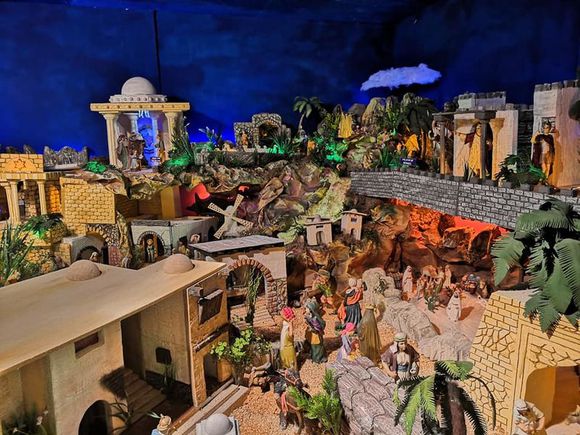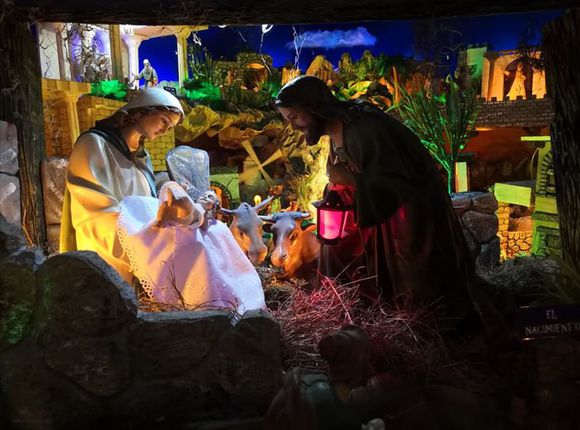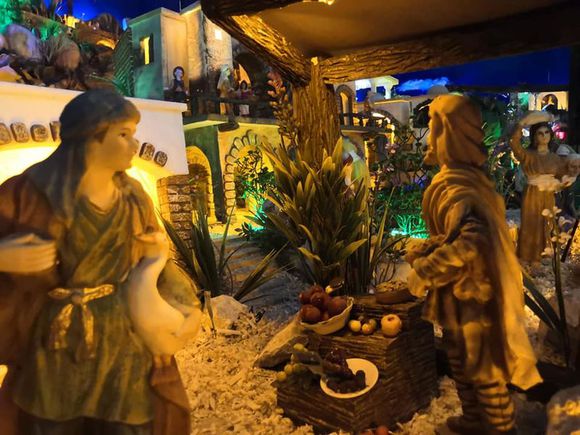Until February 2nd, 2022 it will be open to the public free admission, although donations are accepted
MÉRIDA, Yucatán, (December 23, 2021).- On Friday the 24th and Saturday the 25th, Christmas Eve and Christmas are celebrated in Yucatán and around the world, a religious event that is represented in the traditional nativity scene at the Brunet Celarain Asylum in Mérida.

This nativity scene has become popular inside and outside of Yucatán, since it is a miniature installation with 600 pieces and 70 structures, in which more than 15 biblical passages that narrate the birth of Jesus are recreated.

As every year, the birth was opened on December 12 for the celebration of the Virgin of Guadalupe and will be open until February 2, 2022, in commemoration of the Virgin of Candelaria.
Schedules to visit the birth of the Celarain Asylum
The giant birth is open every day from 10 am to 8 pm with free admission.

However, donations are accepted in a piggy bank that was placed in the room, which are destined for the nursing home, where 120 older adults reside.
Where is the Brunet Celarain Asylum?
The Brunet Celarain Asylum is on Cupules Avenue, number 509 between 62 and 72 and Reforma Avenue, Alcalá Martín neighborhood.
This decoration is a miniature representation of the birth of Jesus in Bethlehem, although originally models were not used.

The story goes that in the winter of 1223, Saint Francis of Assisi came up with a way to represent the arrival of Jesus when he was in Greccio, a town near the city of Rieti in Italy.
Saint Francis of Assisi, assisted by local clergymen, built a straw house with a portal and a manger near the chapel so that the inhabitants of the town who offered themselves could participate in a live representation of the birth of Jesus, in which , each person would play the role of each character present in the scene.

The tradition of living nativity scenes spread throughout Europe and continued for some years until in the 15th century, in the city of Naples the first nativity scene made with clay figures took place.
After clay births replaced the living throughout the continent, the Spanish colonizers brought this tradition to the New World to evangelize indigenous populations.

Since then, the tradition has endured and the Catholic community usually puts on this representation every December.
Source: Sipse
TYT Newsroom



